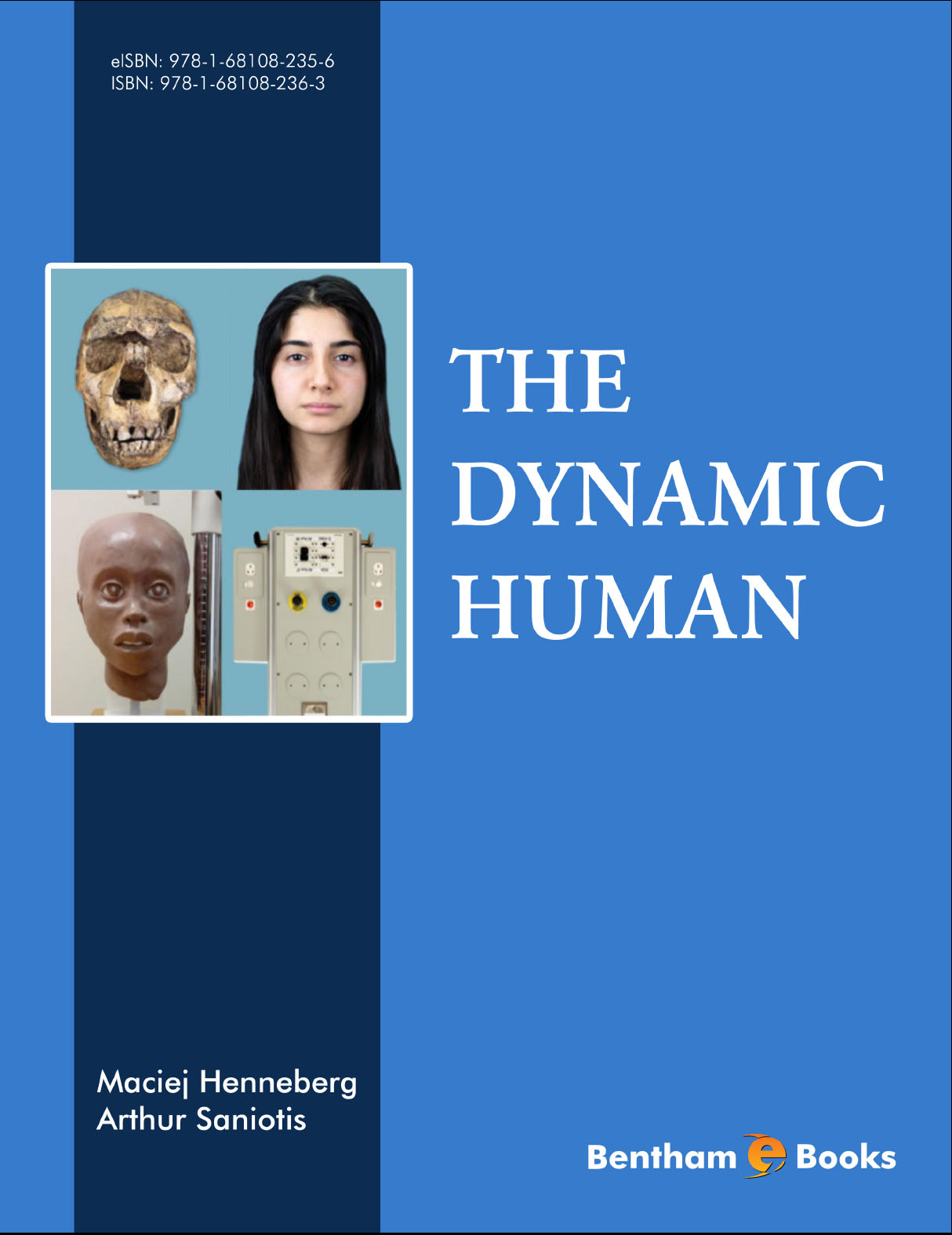Foreword
Books sometimes are said to “meet a need” or “fill a niche” or call forth a suggestion that the work can address some modest subject area for a limited reading audience that so far has not been served by related works in a circumscribed field. Far more rare are the occasional books that create a space that is all their own and mark out a territory so large that it will be explored fully and tenanted to full extent only later by others. The Dynamic Human does just that: it creates a new domain. In doing so it brings to mind Julian Huxley’s Evolution: the modern synthesis (Allen & Unwin, London,1942), which did indeed join together much particularistic biological knowledge that had been amassed before, and organized it into a framework that would inspire and guide several generations of scientists through places that they had not even imagined before. The effect is to create broad avenues of influence among fields that previously had been linked by wandering footpaths or had existed entirely in isolation.
The territory mapped out here begins by establishing a solid core of knowledge about the place of humans in nature, and their ancestry ranging from the earliest upright and bipedal humans such as Orrorin tugenensis at about six million years ago through our immediate Neandertal predecessors and thereby to ourselves. The treatment of this material is dynamic indeed; the fossils that comprise tangible anchor points are not dogmatically arrayed into socially constructed “just so” stories describing the supposed “bushiness” of our ancestral record. Instead, the complexity – and, necessarily, uncertainty -- of interpretation is signaled by noting that there are nearly two dozen different definitions of the species category, considered by many to be a routinely reliable building block, which it is not. Interpretation of ancestral relationships is informed further by introducing principles of microevolution known from living populations. These are offered as the basis for understanding more reliably the past, during which the same mechanisms must have operated to bring about major transformations over long spans of time.
Evolution of body leads enchantingly here into exploration of the mind, biosphere melding into noosphere engendered by the internet and all of its quantum informational permutations. In this insightful projection of our human future, multiple modes of thought receive their due. Allowance is made for the intuitive approaches of shamans along with the systematically logical approaches more familiar to scientists. Particularly valuable are the concluding sections exploring the brain and cognitive enhancement technologies. Humans have a somatic past that has been shaped by millions of years of organic evolution. From it our minds have emerged to operate via thought processes both conscious and unconscious, imaginative as well as analytical. Now brain-machine interfaces are upon us, with at least 59,000 people already recipients of neurological enhancement devices. In the future more minds will exhibit mental processes benefiting from these and other cognitive enhancement technologies. More numerous by orders of magnitude are our conspecifics whose minds are altered by a plethora of pharmaceuticals. In this “brave new world” the challenges we face will include the need to deal with the increasingly blurred boundaries between reality and fiction. The Dynamic Human will help many of us make sense of our chaotically exciting world.
Robert B. Eckhardt, Ph.D.
Professor of Developmental Genetics and Evolutiionary Morphology

